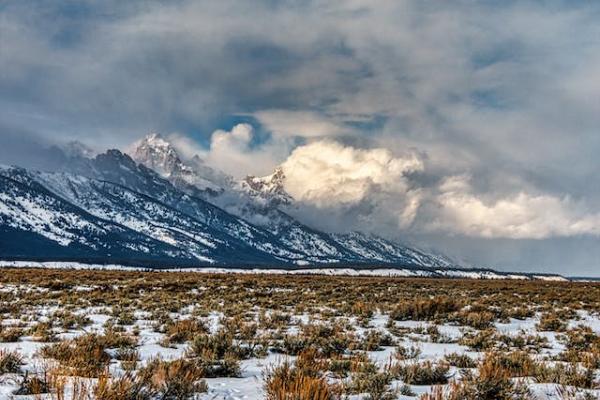Mountains' Influence on El Niño-Driven Winter Precipitation: Leveraging 150 Years of Data for Western Water Forecasting

A recent study featured in Ohio State News has shed light on the effects of mountainous terrain on precipitation changes in western North America, influenced by El Niño and La Niña events. Utilizing a dataset that spans 150 years, the research provides essential insights for optimizing water conservation efforts, especially around the Colorado River. The study's timing coincides with the transition from a strong La Niña to a robust El Niño, enhancing the predictability of winter precipitation in the Intermountain West.
Through an analysis of historical rain and snow data alongside the El Niño Southern Oscillation (ENSO) patterns, the researchers observed an increase in winter precipitation in northern areas and a decrease in southern regions, particularly evident in the late 20th century. The study also reveals the dual role mountains play in precipitation patterns, resulting in increased rainfall on their western sides and decreased precipitation on their eastern aspects.
Jim Stagge, the principal investigator at the Byrd Center and assistant professor of civil, environmental, and geodetic engineering at The Ohio State University, led the study. His research highlights the critical role of accurate winter precipitation forecasting in managing water resources in the drier parts of western North America. Such predictions are vital for allocating summer water resources, benefiting cities, the agricultural sector, water managers, and Colorado River Compact members in preparing for drought and conservation efforts.
This study, published in Nature Water, focuses on ENSO's impact on global climate patterns, diverging from typical climate models by using actual observational data. The researchers matched historical water gauge readings, dating back to 1871, linking actual precipitation levels to not only a specific geographic location, but its elevation as well. The readings were matched with ENSO trends documented by the National Oceanic and Atmospheric Administration.
The study's collaborators include Byrd Center members Kyungmin Sung and Benjamin Phillips from Ohio State, former member Max Torbenson of Johannes Gutenberg University, Germany, and Daniel Kingston of the University of Otago, New Zealand.
The National Science Foundation funded this work.
More information about this study can be found at Ohio State News.
